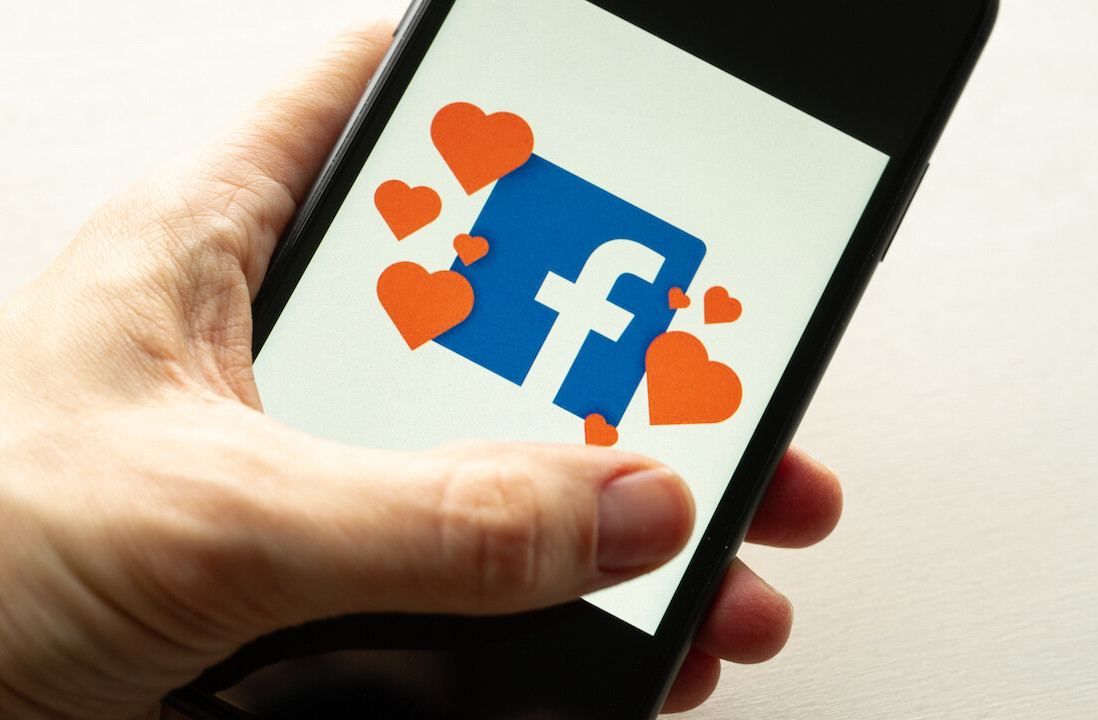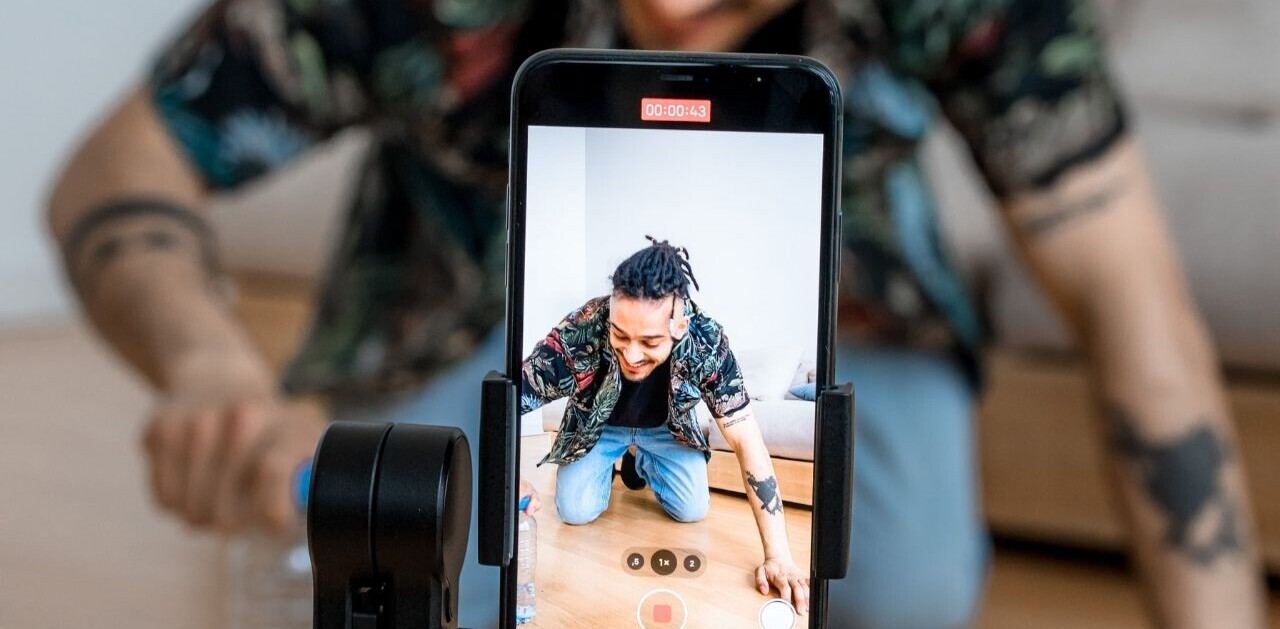
Forget the film Six Degrees of Separation, a new study from Facebook and the University of Milan has shown that people in the world are better connected that ever before, with users of the social network now connected by less than five contacts.
The study, which used data taken from Facebook’s 721 million active shows, shows that any two people on the site are on average separated by just 4.74 intermediate connections, as Facebook’s Data team explains on its blog:
Using state-of-the-art algorithms developed at the Laboratory for Web Algorithmics of the Università degli Studi di Milano, we were able to approximate the number of hops between all pairs of individuals on Facebook.
We found that six degrees actually overstates the number of links between typical pairs of users: While 99.6% of all pairs of users are connected by paths with 5 degrees (6 hops), 92% are connected by only four degrees (5 hops).
And as Facebook has grown over the years, representing an ever larger fraction of the global population, it has become steadily more connected. The average distance in 2008 was 5.28 hops, while now it is 4.74.
Equally as interesting, the study concluded that — when looking at people living in a specific country — the average separation is as low as 3 degrees. With 84 percent of the average Facebook user’s friends living in the same country as them, the social network has really brought local community closer together through its platform.
The below graph, which charts comparative analysis of the average degree of separation between Facebook users over the last three years, clearly shows that the number of connections between Facebook users increased, in line with the social network’s own growth.

While it is fascinating to see how Facebook has grown into a platform that brings together local communities and networks, whilst also supporting international relationships and friends, the test conditions behind Facebook’s research has its differences compared to initial study that established the 6 degrees theory, the methodology of which is explained below:
The idea was first put to the test by Stanley Milgram in the 1960’s. Milgram selected 296 volunteers and asked them to dispatch a message to a specific individual, a stockholder living in the Boston suburb of Sharon, Massachusetts. The volunteers were told that they couldn’t send the message directly to the target person (unless the sender knew them personally), but that they should route the message to a personal acquaintance that was more likely than the sender to know the target person.
The Internet has allowed us to connect with people in ways that were unimaginable back in the 1960s, and with that it has brought a distinction between people we know in real live, and people we know online. Though many people manage their network of friends on Facebook very carefully, it remains to be seen if we can all say that all of our Facebook friends are ‘personal acquaintances’.
So while a direct comparison is a little unequal, Facebook’s far larger sample size makes its research more accurate, particularly given the differences of modern relationships which be maintained from opposite sides of the world. Indeed, the fact that Facebook users are linked by an average of less than five connections is impressive, and it shows how the Internet and social media is bringing people closer together.
Get the TNW newsletter
Get the most important tech news in your inbox each week.





